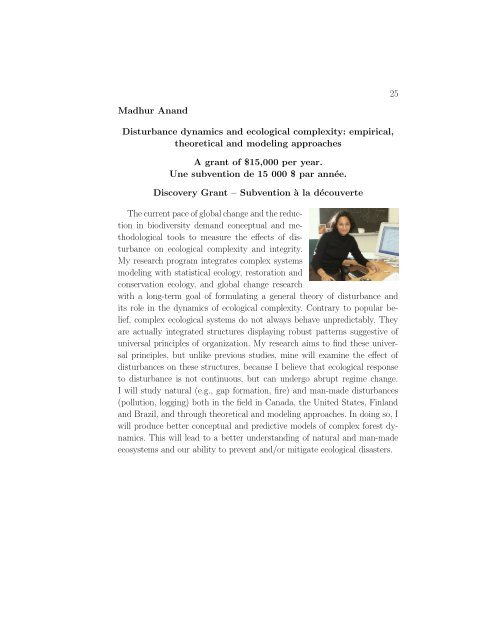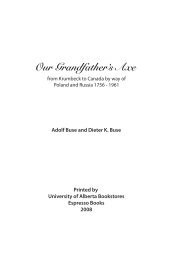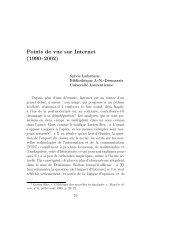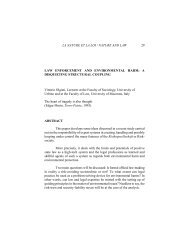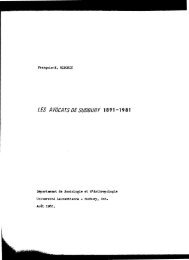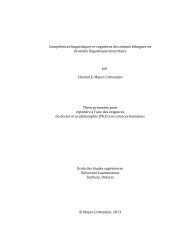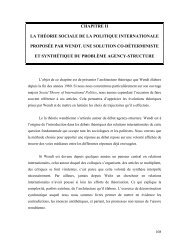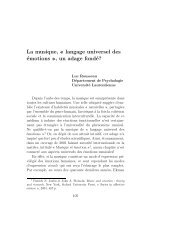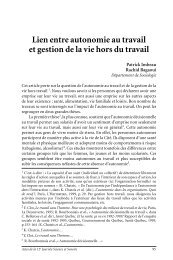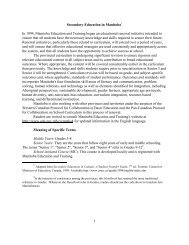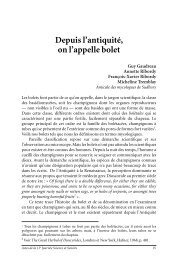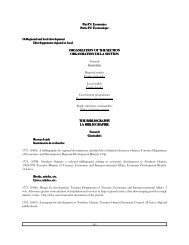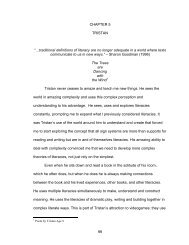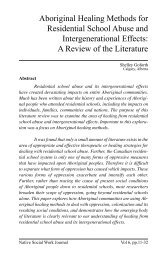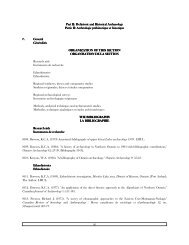NSERC grants at Laurentian University Subventions du CRSNG `a l ...
NSERC grants at Laurentian University Subventions du CRSNG `a l ...
NSERC grants at Laurentian University Subventions du CRSNG `a l ...
- No tags were found...
You also want an ePaper? Increase the reach of your titles
YUMPU automatically turns print PDFs into web optimized ePapers that Google loves.
25Madhur AnandDisturbance dynamics and ecological complexity: empirical,theoretical and modeling approachesA grant of $15,000 per year.Une subvention de 15 000 $ par année.Discovery Grant – Subvention à la découverteThe current pace of global change and the re<strong>du</strong>ctionin biodiversity demand conceptual and methodologicaltools to measure the effects of disturbanceon ecological complexity and integrity.My research program integr<strong>at</strong>es complex systemsmodeling with st<strong>at</strong>istical ecology, restor<strong>at</strong>ion andconserv<strong>at</strong>ion ecology, and global change researchwith a long-term goal of formul<strong>at</strong>ing a general theory of disturbance andits role in the dynamics of ecological complexity. Contrary to popular belief,complex ecological systems do not always behave unpredictably. Theyare actually integr<strong>at</strong>ed structures displaying robust p<strong>at</strong>terns suggestive ofuniversal principles of organiz<strong>at</strong>ion. My research aims to find these universalprinciples, but unlike previous studies, mine will examine the effect ofdisturbances on these structures, because I believe th<strong>at</strong> ecological responseto disturbance is not continuous, but can undergo abrupt regime change.I will study n<strong>at</strong>ural (e.g., gap form<strong>at</strong>ion, fire) and man-made disturbances(pollution, logging) both in the field in Canada, the United St<strong>at</strong>es, Finlandand Brazil, and through theoretical and modeling approaches. In doing so, Iwill pro<strong>du</strong>ce better conceptual and predictive models of complex forest dynamics.This will lead to a better understanding of n<strong>at</strong>ural and man-madeecosystems and our ability to prevent and/or mitig<strong>at</strong>e ecological disasters.


